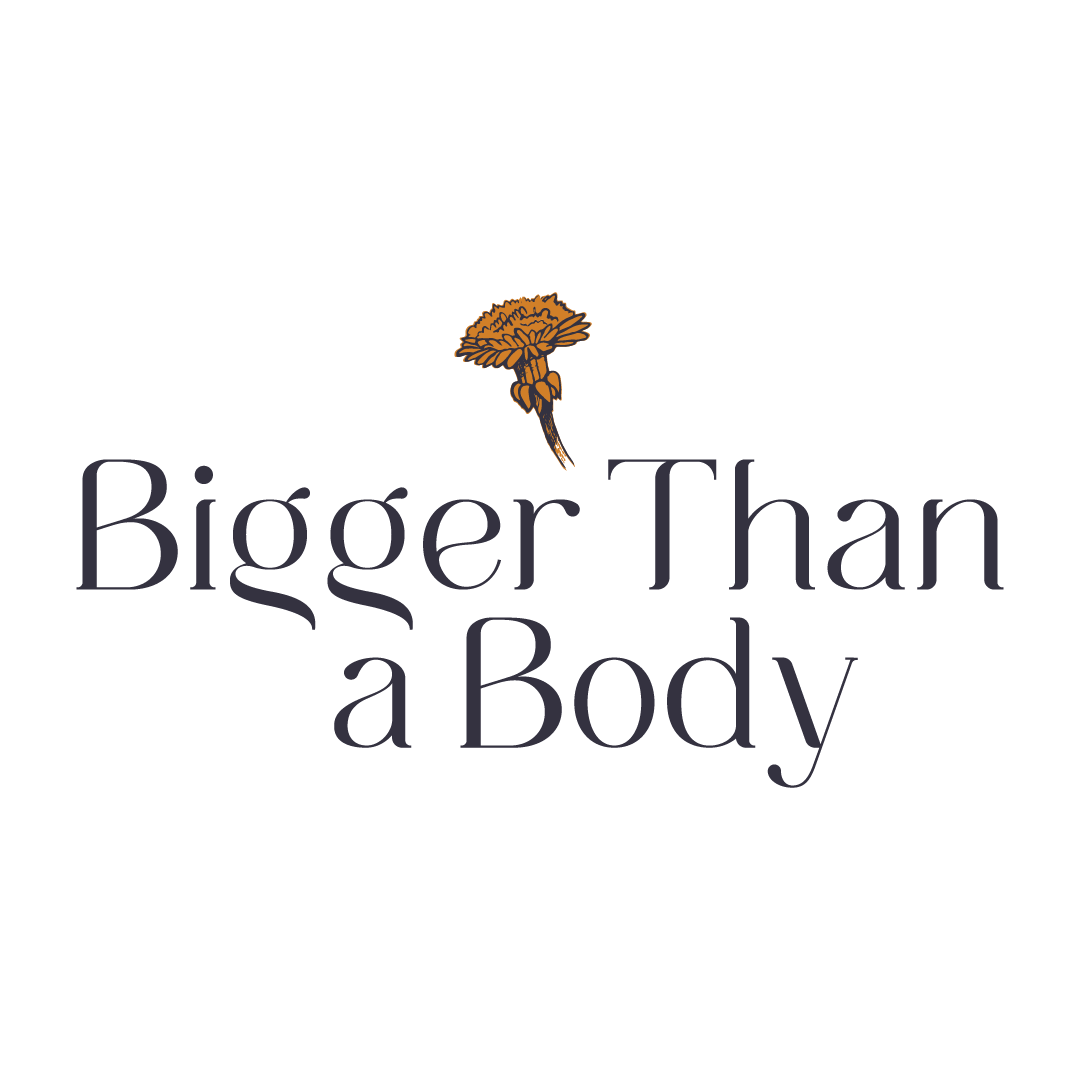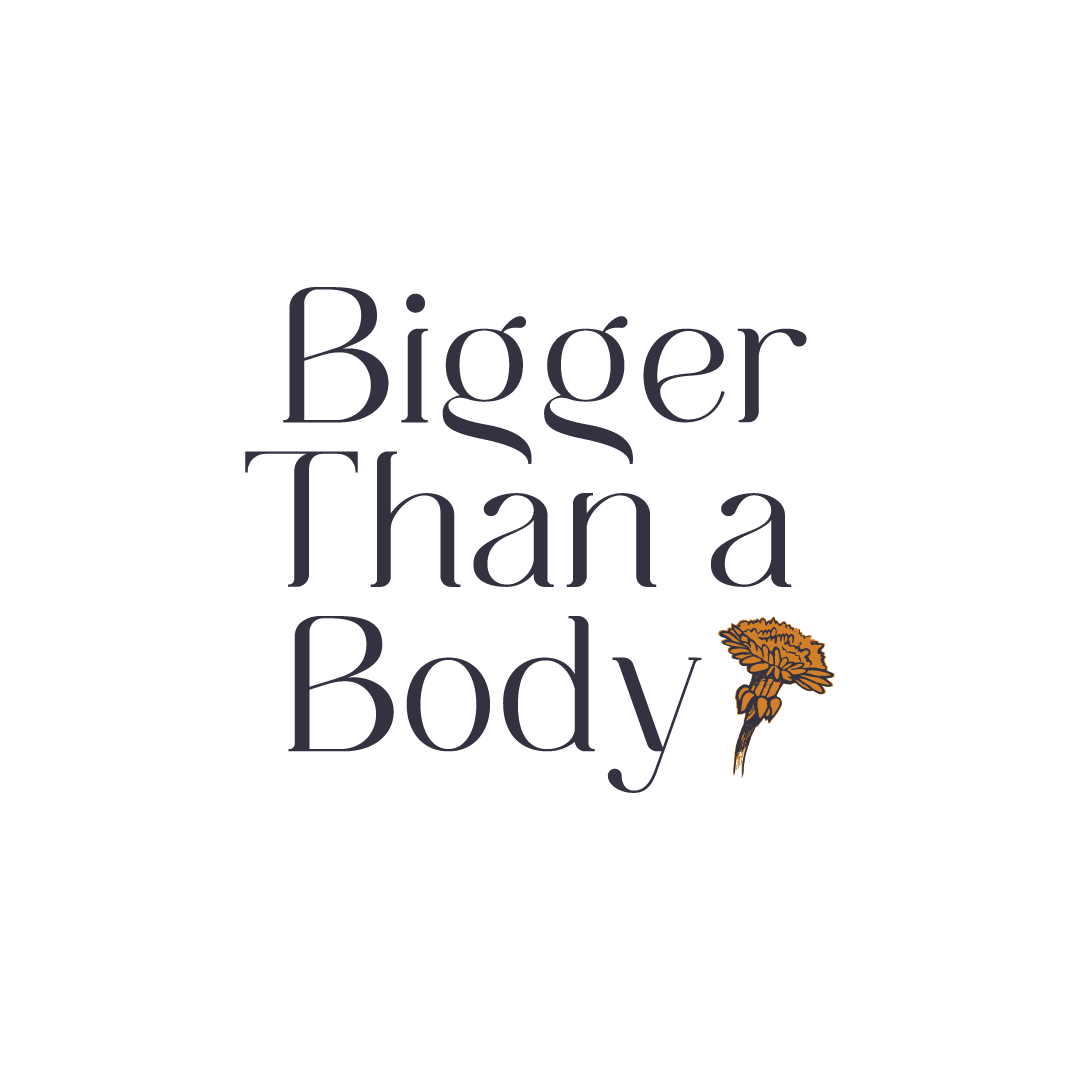How We Can Rewrite the Script on What It Means to Be Beautiful
The quest to find acceptance in our indoctrinated imperfections
Image by Rudall30 via Adobe Stock.
I was about 12 years old and in the thick of puberty. One evening, my mom, sisters, and my mom’s boyfriend at the time (whom we’ll refer to as Mr. Mean) were watching the American Music Awards.
They showed a shot of LeAnn Rimes in her music video How Do I Live. Without any regard for the young, impressionable girls in the room, Mr. Mean blurted out, “Look at that double chin!” I’d been secretly battling bulimia, so that heinous comment didn’t trigger me at all.
Moments later, Barbra Streisand approached the podium to present an award. “She about hit the microphone with her big ole schnoz!” Mr. Mean uttered behind me with a cackle.
During the commercial break, I went to the bathroom. I gave an up-close look at my growing nose and resented that it seemed so much larger than the button-shaped version of my peers. I then turned sideways and held up a mirror to observe the imaginary submental fat beneath my chin and panicked.
Tears trickled down my face. “Why, why, why do I have so many imperfections?” I cried.
Today, as someone who’s fully accepted her natural self, the answer to that question seems so straightforward. I had so many imperfections because other people led me to believe I did.
Well, enough is enough. Not only do I believe we can redefine beauty; I believe we have a responsibility to do just that.
Let’s begin by assessing our current reality of beauty standards and then explore why and how we can rewrite the script.
What Society Tells Us Is Beautiful
For nearly a century, Hollywood and the modeling and fashion industries have trumpeted specific types of people to symbolize beauty.
Women are slender with unblemished skin. They have luscious lips, dainty noses, high cheekbones, pearly white smiles, and long, shiny locks.
Men are tall and muscular. They have chiseled jawlines, thick heads of hair, broad shoulders, and also flash a bright set of same-shaped teeth.
Other common physical themes among both sexes are their whiteness and able-bodiedness.
Of course, we can find examples of high-profile figures who don’t fit these molds to a tee. For example, despite Lupita Nyong’o having a buzz cut or Zac Effron being on the shorter side, most aren’t disputing their physical attraction.
The societal backlash has also led to more types of bodies, especially female ones, walking the runways and showing up on our screens. One brand that desperately needed this change and followed through on it was Victoria’s Secret.
Photo courtesy of Victoria’s Secret Instagram page.
These types of breakthroughs suggest beauty can transcend a narrow set of standards, but they’re only scratching the surface of what’s needed for real transformational change.
Why We Need to Seek Further Change
Before we jump into what we need to do to rewrite the script on beauty, let’s take a deeper look into why we should continue to change it in the first place.
Have you ever seen someone marveling at the beauty of a painting, cocktail dress, or living room setup while you’re sitting there thinking, “this is nothing I would ever pick out”? Well, that’s because beauty, to a great degree, is subjective.
Yet society’s indoctrination of what beauty looks like in people has stifled our inherently subjective views.
We’ve been taught to believe that fat equals lazy and unattractive. That noses with humps are disfigured. That thinning hair and receding hairlines are unsightly. That flat-chested women aren’t sexy.
These beliefs benefit the people who invented them and profit from their preservation. Plain and simply put, they are a scam.
A scam to sell weight loss plans, rhinoplasty procedures, hair plugs, and breast implants.
What makes it even more pernicious is the fact that bodies go in and out of style. One day the hourglass figure is in; the next it’s a pencil-thin one.
People end up in a constant war against their bodies and spend hundreds of billions of dollars every year on products and procedures to feel like they can stack up.
These made-up beauty standards also play a leading role in the formation of eating and body dysmorphic disorders. Bodies are starving because of them. People are self-hating at the hand of them.
Clearly, if anything needs a facelift, it’s the ever-changing beauty ideals Western society instills upon us.
How We Can Rewrite the Script on Beauty
Flipping the script on what it means to be beautiful can’t work solely from the top down or bottom up. Instead, it will take a more assertive effort from all parties.
Societal changes
It’s great that we can now see a fat, black woman modeling a Victoria’s Secret corset, but we have a lot more work to do.
Let’s cast more people with fat bodies, disabled bodies, crooked teeth, big noses, and blemished skin in leading roles.
Let’s hire more people in management positions who aren’t thin-privileged, money-privileged, and race-privileged.
Let’s have classes and teach lessons in schools about the immense beauty that comes from us all being different.
Let’s continue to support movements like body positivity, fat acceptance, and health at every size (HAES).
Interpersonal changes
While societal norms largely impact how we feel about our own appearance and the appearances of others, they don’t hold all of the power.
Myriad people exist in the world who, by Westernized standards, aren’t outwardly attractive. Yet they have self-confidence or, at the very least, self-acceptance.
How is this? They’re surrounded by people who love and approve of them as they are.
As parents, grandparents, siblings, spouses, uncles, aunts, sons and daughters, friends and peers, we have a unique ability to shape the self-image of our loved ones and those in our social spheres.
Tell people what you find attractive about them — physically and non-physically.
Be a role model by not berating yourself for your own insecurities in front of others.
If you don’t have anything nice to say, don’t say anything at all.
Intrapersonal changes
As hopeful as I am for society to reinvent its standards of beauty, we, as individuals, can’t wait around for these changes to happen.
The path to redefining beauty must also start from within. This concept was among the hardest for me to grasp in my eating disorder recovery. I remember thinking, “How can I ever make a truce with—let alone love—the parts of myself I’ve been told my entire life are imperfect?”
Through a lot of deep, messy introspection—that’s how.
I realized I’d been brainwashed to believe I was inadequate so someone else could profit off of my insecurities. And I got angry.
I was over being someone else’s puppet and profit margin. I was ready to stop living in resistance and feeding my suffering.
I started showing myself compassion for the ridicule I endured and recognized that a world where everyone looks the same is a bland place to reside.
I created role models out of people who were comfortable in their own skin, despite not fully meeting the “beautiful person” criteria.
In due time, I found self-acceptance. And, eventually, self-love.
If I can find the enoughness in myself, I strongly believe anyone can.
Closing Remarks
We owe it to ourselves and others to celebrate our uniqueness — not shun it.
This isn’t to say that a desire to feel beautiful is wrong. I fully support the principle of My Body, My Choice and believe everyone has the agency to do with their bodies what they wish.
The message I’m trying to convey is that regardless of what you do or don’t do with your body, how you look is not the problem. What’s problematic is a society that infiltrates its people with set standards on how they should look and cultivates body shame and inequity when they don’t fit those ideals.
But despite the greed, corruption, and superficialities we face, we can leverage our differences to overpower these adversities. From a societal level down to each of us individually, we can rewrite the script of what it means to be beautiful.
Like what you just read?
Join my email list to receive a free copy of the 10 Keys to Food & Body Liberation, as well as inspirational stories and recovery wisdom to help you find lasting peace with how you eat, move, and view your body.


